Since we dealt with the monochrome ones a few weeks before, the most impressively colored films were a path we had to take. Essentially, a number of directors considered masters (Akira Kurosawa, Wong Kar-wai, Zhang Yimou, Hou Hsiao-hsen etc) have always invested on intense coloring for their films, resulting in audiovisual poems. As usually, with a focus on diversity, we present 30 of those films, in alphabetical order.
You can read the full reviews if you click on the title of each entry.
1. 2046 (Wong Kar-wai, 2004, Hong Kong)

Cinematographer Christopher Doyle, who has been a long time collaborator of the director, has done a great job in capturing the beautiful world created by Wong Kar-wai, along with all of its dirty parts which only makes it more magnificent. Wong is famous for his use of lighting, music and set design which always keeps the audience in a mood that he alone can give. The design of the futuristic 2046 world is also consistent with the beautiful yet dirty look that is seen throughout his films. (Jithin Mohan)
Buy This Title
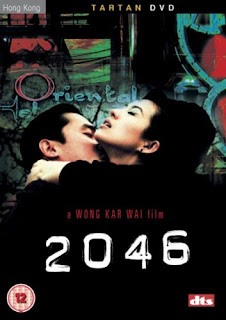
2. Alipato: The Very Brief Life of an Ember (Khavn, 2016, Philippines)

“Alipato” features a number of images that could easily be characterized as appalling. Starting from the children that roam the streets half naked, carrying guns, smoking cigarettes, beating and killing people, to a number of extreme sex scenes involving an old lady and a pregnant woman, to the club in a pig sty frequented by cops (the association is quite evident), the movie thrives with extreme images. Even the comic strip actually shows scenes of rape in the prison. However, Khavn, with the help of Albert Banzon's cinematography, and the aforementioned techniques in sound and editing, manages to keep all these images from becoming grotesque and appalling. Along with the motley colors that characterize the whole of the film, he portrays a detached view of the occurrences, which seems similar to a comic book rather than actual events. Furthermore, through these images, Khavn makes a clear comment regarding the situation in the slums of Manila, where children holding guns is not an usual spectacle. (Panos Kotzathanasis)
Buy This Title
3. Antiporno (Sion Sono, 2016, Japan)
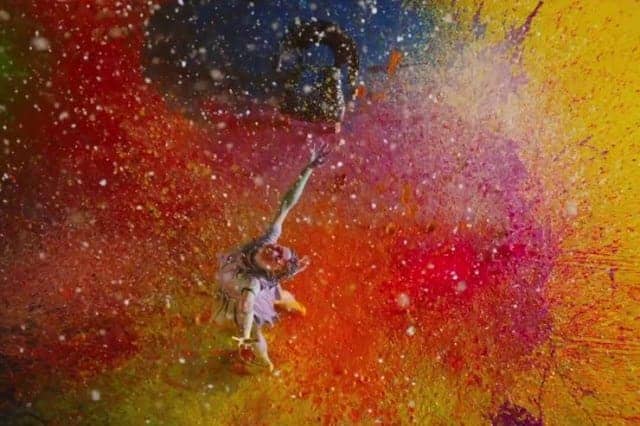
The art design for the film is exceptional with the background playing a role in the film as well. Throughout the audience is made to consider the significance of each location and the interplay between them, whether the yellow room, the forest, the home. It forces a consideration of themes by repeatedly alienating the viewer and giving a sense of unreality to proceedings that make you question both the characters and your relationship to them.(Matthew Cooper)
Buy This Title
4. Detective Byomkesh Bakshy! (Dibakar Banerjee, 2015, India)

The exclamation mark in the title suggests that this Hindi-language adaptation is not a traditional take on a classic Bengali detective – and rightly so. Set in Calcutta of the 40s, as per the wish of the director is taking the audience back in time, but not with a typical period movie style. With modern editing and soundtrack, a mixture of contemporary and classic camera angles (by Greek cinematographer Nikos Andritsakis), it explores postmodern noir territories. Build with a shadow play and sepia tones, enriched with vibrant tonal contrasts and colorful scratchy textures, is a visual treat. Late Sushant Singh Rajput plays the title role. (Joanna Konczak)
Buy This Title
5. Dreams (Akira Kurosawa, 1990, Japan)

There are many topics within the dreams connecting them, apart from the fact they have the same protagonist as already mentioned. Many of the dreams deal with the loss of innocence, not only of “I” but also of Japan as the setting of the film. While the protagonist is very early on faced with death and destruction (especially of nature) which later continues with his trauma caused by the senseless deaths of his comrades during war Japan loses, its innocence as well as the colors of the first dreams start to fade turning into dark tones in the later episodes until everything is wiped out during the nuclear explosions and their aftermath (Rouven Linnarz)
Buy This Title
6. Farewell My Concubine (Chen Kaige, 1993, China)

One of China's greatest epics absolutely features wonderful cinematography through the elaborate work of Gu Changwei, who managed to portray images of extreme beauty while retaining the film's realism at all times. Shot in Technicolor, the movie is filmed in sumptuous detail, which benefits the most from the intense colors, in a trait that becomes mostly evident in the depiction of the Chinese opera. Furthermore, Chen Kaige showed a tendency to shoot glass, smoke, mist, and flames through filtered lenses, and Changwei delivered in astonishing fashion. (Panos Kotzathanasis)
Buy This Title
7. Flowers of Shanghai (Hou Hsiao-hsien, 1998, Taiwan)

The most distinct element of the cinematography is that every scene looks as if it was lightened solely by candles and oil lambs, resulting in the spectator feeling as if he was peaking at the private moments of the characters appearing on screen. (Panos Kotzathanasis)
Buy This Title
8. Forbidden Door (Joko Anwar, 2009, Indonesia)

“Forbidden Door” is an elaborate film, both technically and aesthetically, which retains the interest for all of its duration through the constant plot twists. In general, one of the best noir-thrillers of the last decade. (Panos Kotzathanasis)
9. Goliyon Ki Rasleela Ram-Leela (Sanjay Leela Bhansali, 2013, India)
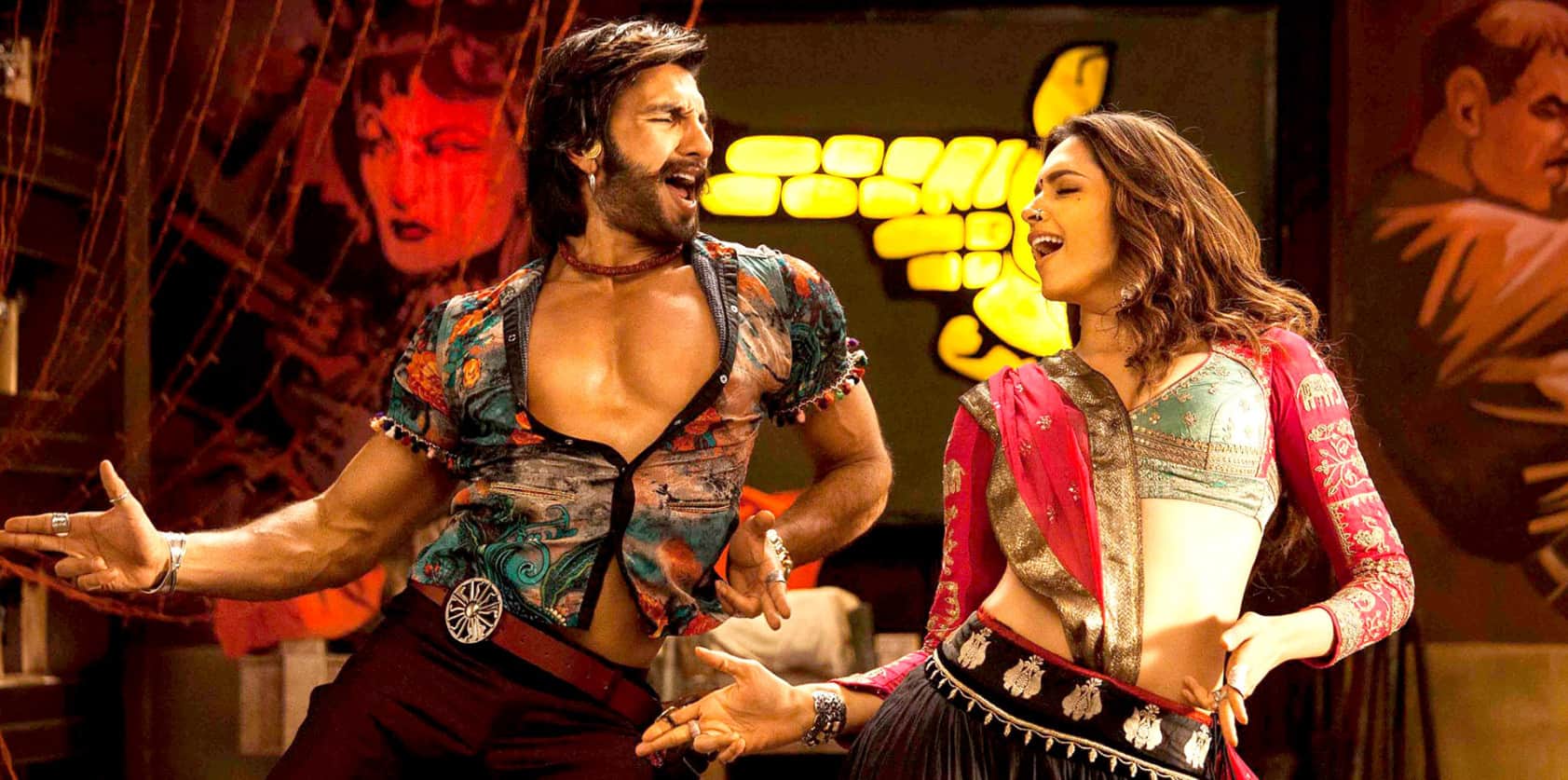
A lot of spiteful comments one can make about Bhansali's movies, but undoubtedly when it comes to colors, he delivers the vibe. In his moody Indian violent retelling of Shakespeare's “Romeo and Juliet” with Deepika Padukone and Ranveer Singh as the famed couple, he dashes his audience with a myriad of intense and warmly saturated hues. Elaborately constructed sets, stunning costumes as well as impressive cinematography by the Tamilian Ravi Varman, and a color grading by Ken Metzke – all contribute to that extravaganza feast for your eyes. Watch out also for the excellent soundtrack with well-choreographed songs like “Nagada”, Lahu Munh Lag Gaya” or “Ram Chahe Leela” (with a guest appearance of Priyanka Chopra).
Buy This Title
10. Helter Skelter (Mika Ninagawa, 2012, Japan)

The director, Mika Ninagawa presents us with another visual object of virtu, six years after her last movie, Sakuran. Chiefly a photographer, Ninagawa gives great attention to the cinematography, costumes and the overall design of the movie, bathing it in vivid colors and extreme images. Helter Skelter though, is so much more than an optical extravaganza… “Helter Skelter” is one of the best films of 2012, a true masterpiece of the grotesque. (Panos Kotzathanasis)



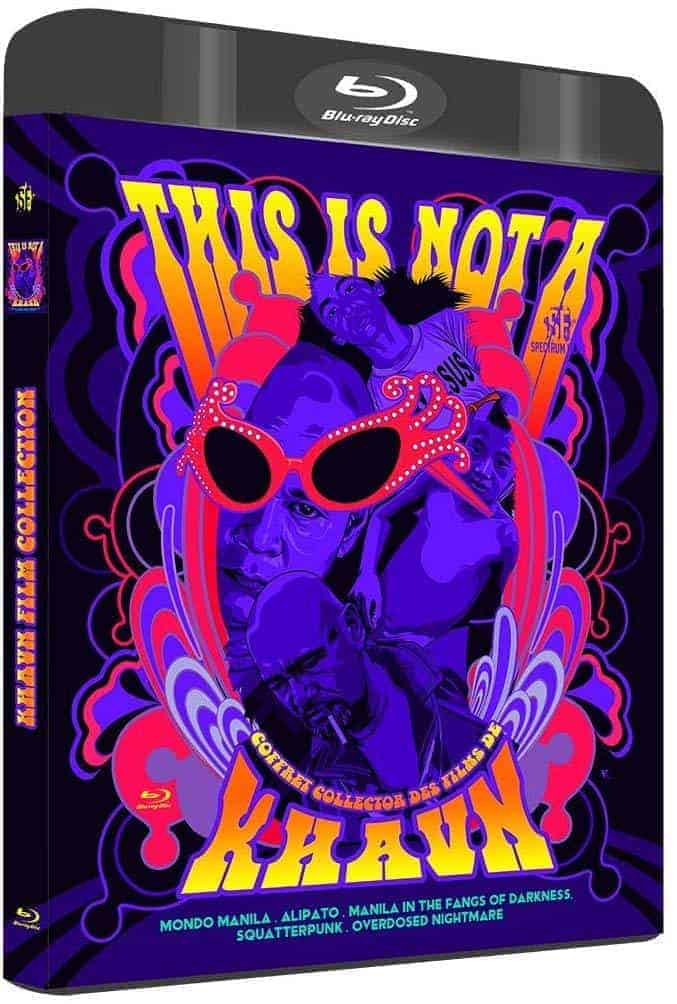
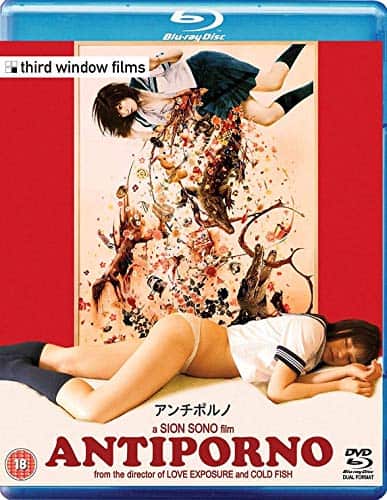
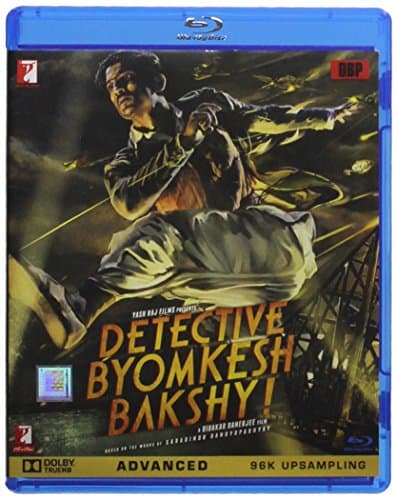


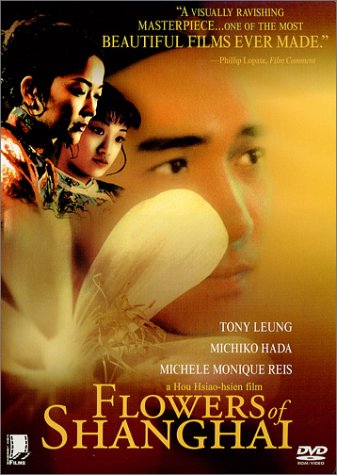

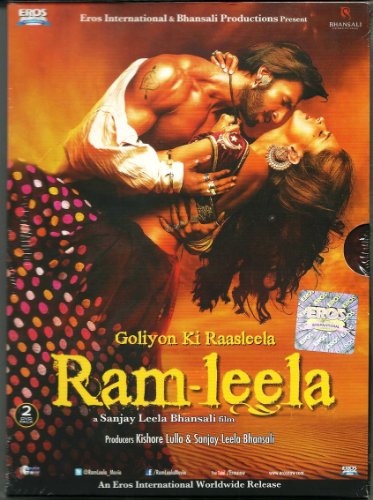
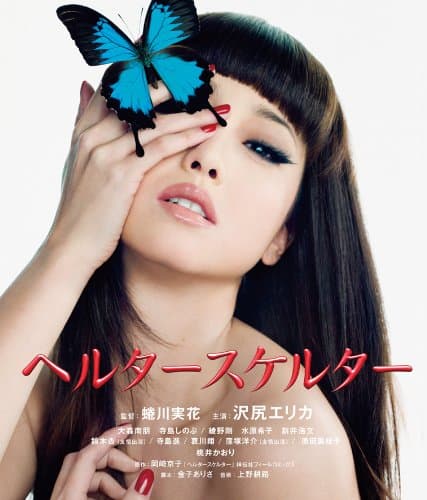

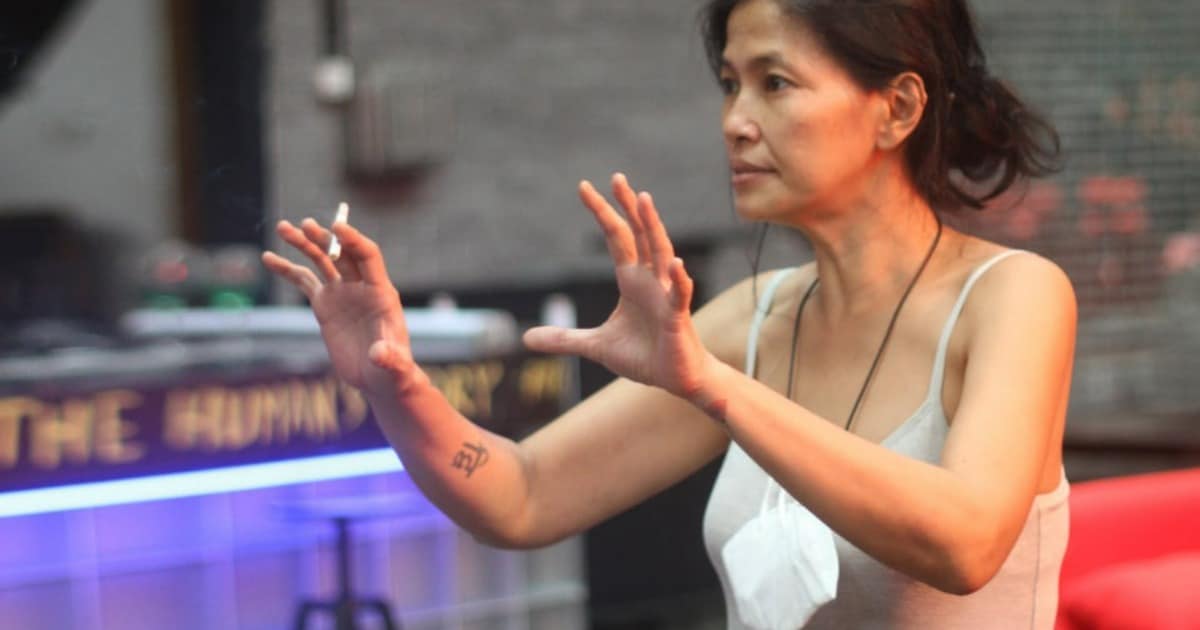
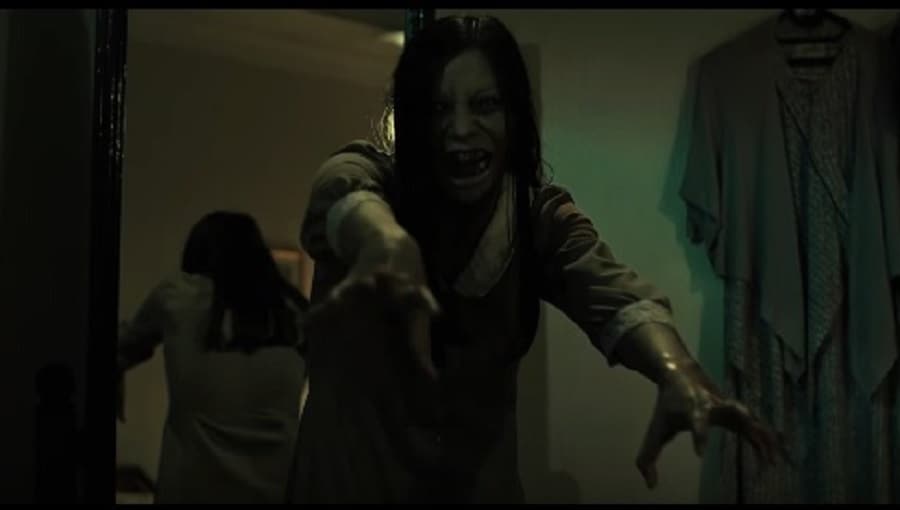
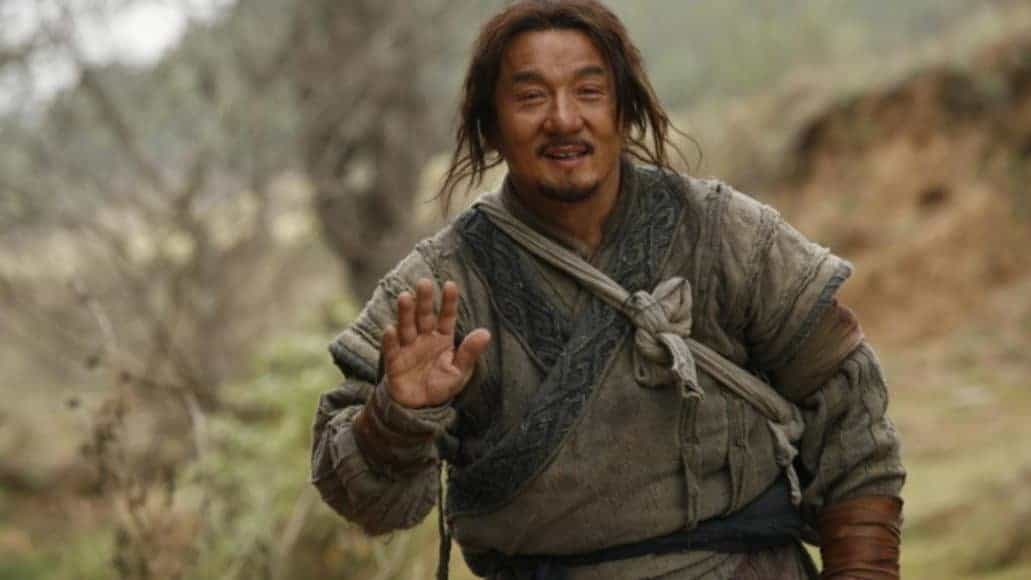










Thanks for the recommendations!
Here’s another from me : Padmaavat.
It’s fucking stunning, also stars Deepika Padukone and far better than Goliyon Ki Rasleela Ram-Leela in my opinion.
Thank you for your suggestion, this could have definitely been included in the list